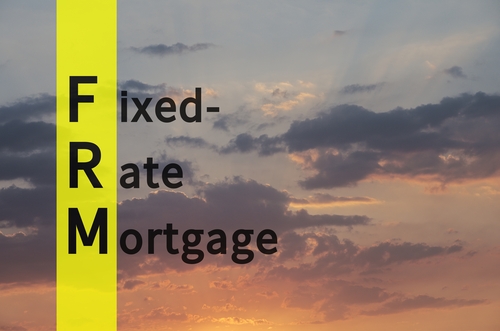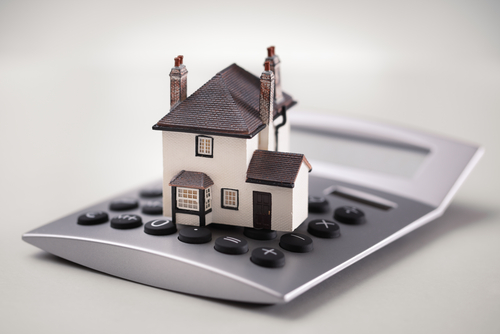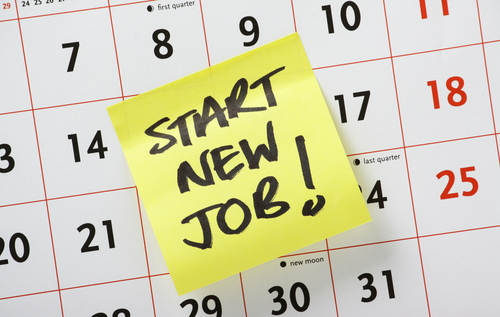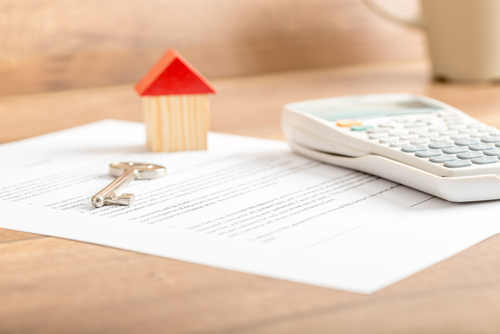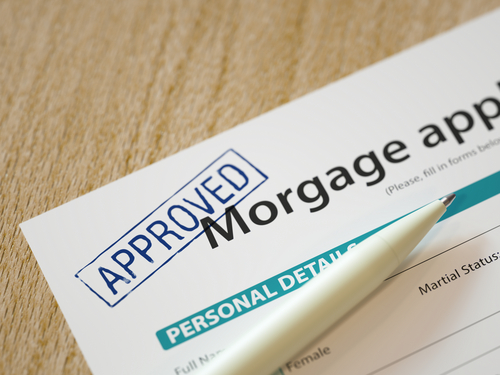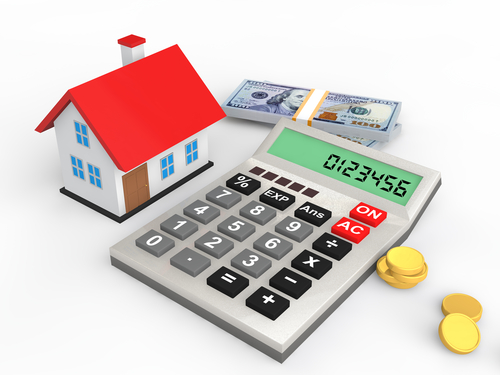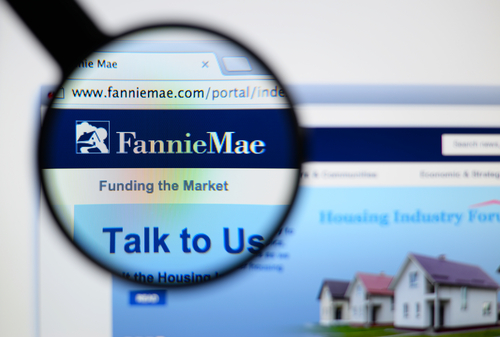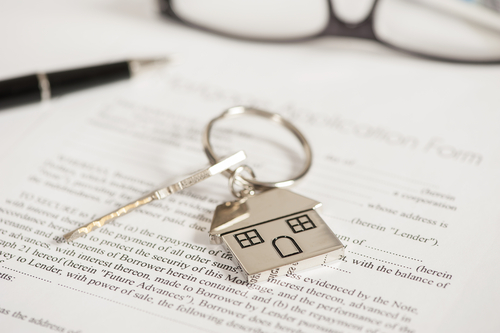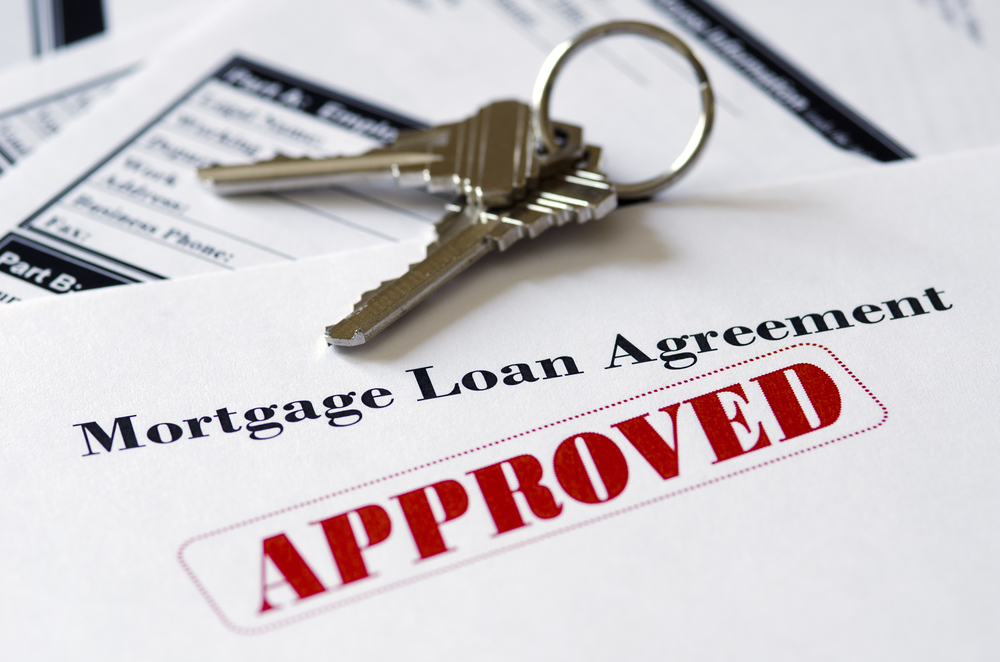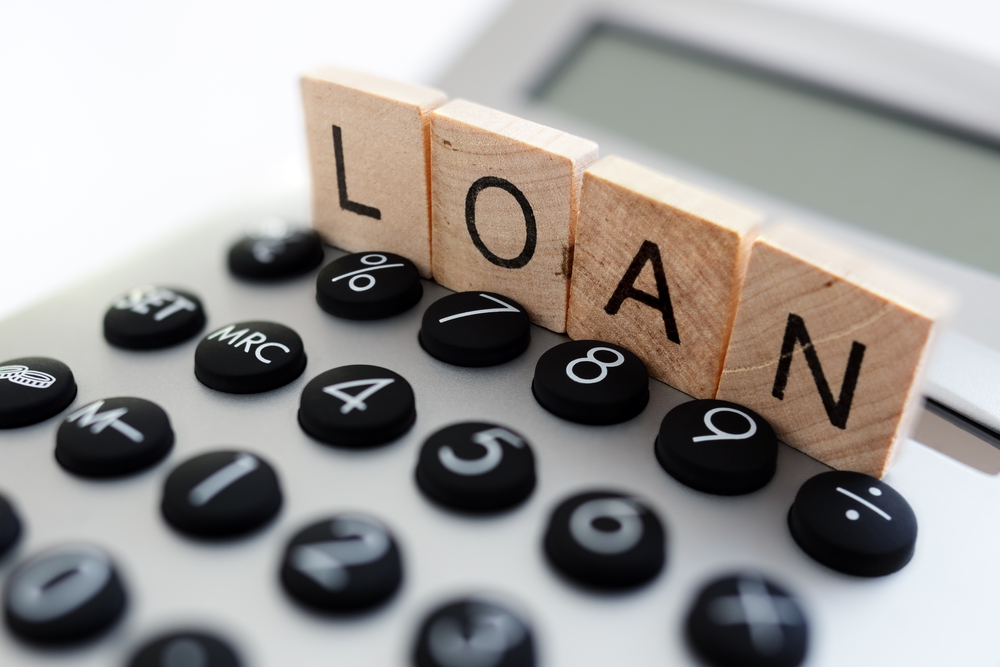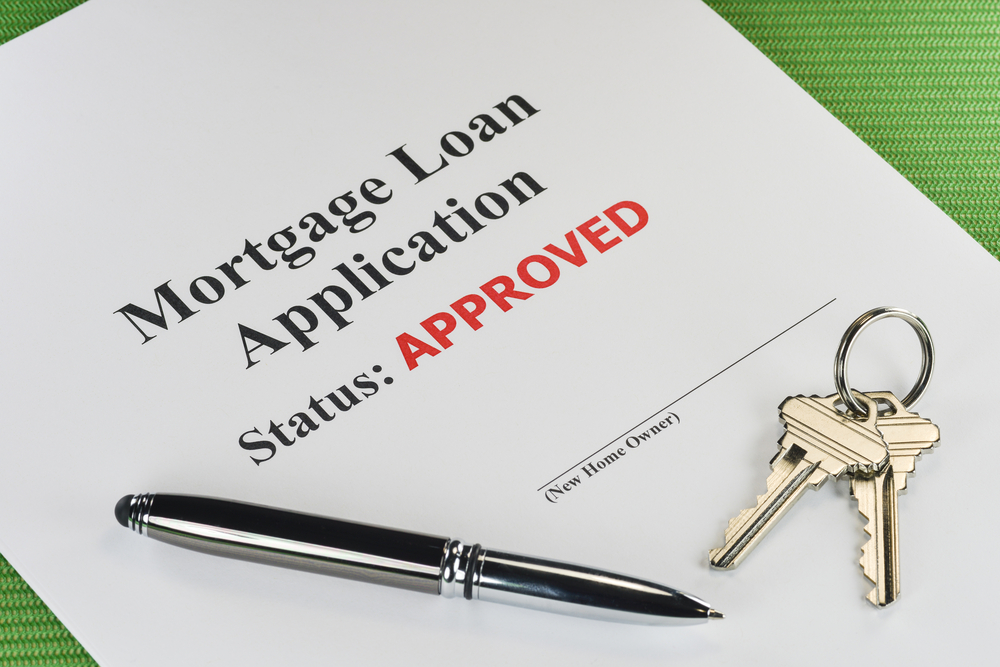Buying a home gives you stability, a sense of accomplishment; and since your home is your biggest asset, your home equity is the biggest part of your financial net worth.
Equity is the difference between what you owe on the mortgage loan and the home’s value. If the bank appraises your home at $230,000 and you owe the lender $100,000, your equity is $130,000. Equity builds slowly over time as your home appreciates in value and as you pay down your mortgage balance.
But even if you understand what equity is and how it works, you may not completely grasp the importance of equity. Here are five benefits of home equity.
1. You can use equity as down payment on a new home
Buying a home requires a down payment, but it can take years to save between 3.5% and 20% for a purchase. The good news is that existing homeowners can use proceeds from the sale of a property as down payment on their next home. Your home’s equity determines your profit once you sell the property. The more equity you have, the more cash you’ll walk away with, and you can put all or some of the proceeds toward your next purchase.
2. You can borrow from your equity
You don’t have to move to get cash from your home’s equity. If you refinance your property—which involves applying for a new mortgage to replace your old mortgage—you can request a cash out and borrow up to 80% of your home’s equity. Another option is applying for a home equity loan or home equity line of credit (HELOC). Both options feature interest rates lower than most credit cards, and you can use funds for any purpose such as debt consolidation, home improvements, college expenses, etc.
3. Get rid of private mortgage insurance faster
If you get a conventional mortgage and put down less than 20%, you’re required to pay private mortgage insurance (PMI). This insurance protects your lender in case you default, and you pay premiums each month with your mortgage payment. PMI can cost as much as 1% of the loan balance each year, which increases your monthly mortgage expense. However, the bank will remove PMI once you have 22% equity in your home.
4. Use equity to fund your retirement
Even if you have a 401(k) or an individual retirement account, your home’s equity can help fund your retirement. If you’re able to pay off the house before retiring, you could downsize to a smaller place and invest some of your proceeds from the sale. If you don’t sell, there’s the option of a reverse mortgage if you’re over the age of 62. You can convert some of your home’s equity into cash. Use the money for living expenses, healthcare costs, home improvements, etc. The loan doesn’t have to be repaid until you sell the house or die. If you die, your estate repays the loan.

